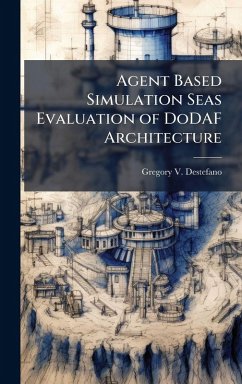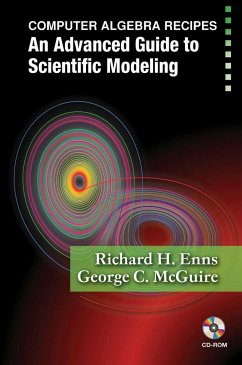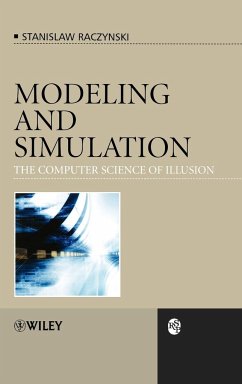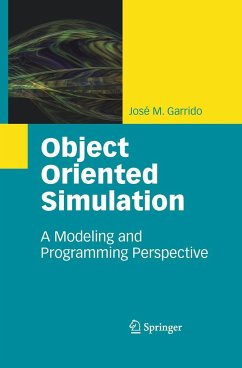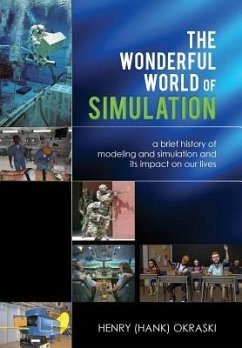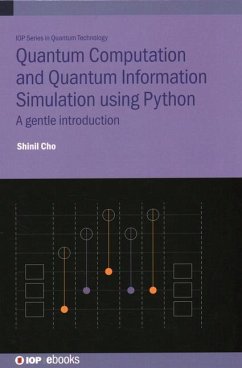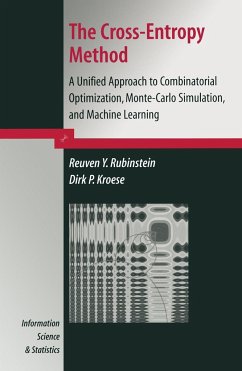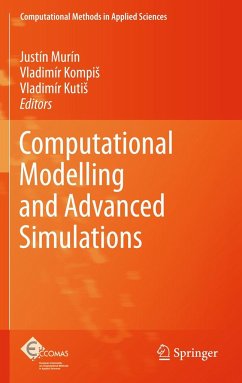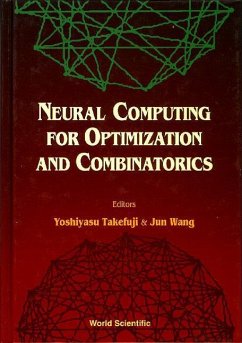
Modeling and Simulation of Communications Systems in OPNET
Versandkostenfrei!
Versandfertig in über 4 Wochen
28,99 €
inkl. MwSt.
Weitere Ausgaben:

PAYBACK Punkte
14 °P sammeln!
This research aims to present accurate computer models of a communication link and a Super High Frequency (SHF) radio communication system. Network Warfare Simulation (NETWARS) is a J-6 initiative aimed at modeling all communication traffic in the Department of Defense (DoD) for testing and analysis of specific real world scenarios. The AN/TSC-94 is a SHF radio system with satellite communication capabilities. The AN/TSC-94 incorporates a Direct Sequence Spread Spectrum (DSSS) radio link for certain Anti-Jam (AJ) features. A DSSS 'spreads' signal power over a large bandwidth, reducing power pr...
This research aims to present accurate computer models of a communication link and a Super High Frequency (SHF) radio communication system. Network Warfare Simulation (NETWARS) is a J-6 initiative aimed at modeling all communication traffic in the Department of Defense (DoD) for testing and analysis of specific real world scenarios. The AN/TSC-94 is a SHF radio system with satellite communication capabilities. The AN/TSC-94 incorporates a Direct Sequence Spread Spectrum (DSSS) radio link for certain Anti-Jam (AJ) features. A DSSS 'spreads' signal power over a large bandwidth, reducing power previously concentrated within the original system bandwidth. The simulations were performed using OPNET. Simulation results show DSSS lowered Bit Error Rate (BER) over links not using spread spectrum. Results show that in the presence of multiple jamming forms, the DSSS link performed without bit errors while the normal (non-DSSS) link was disrupted by the jammer, experiencing BER's of up to 0.43. The AN/TSC-94 was able to defeat the jammer using the DSSS link. By performing in normal mode during unjammed scenarios, and switching to AJ mode in the presence of a hostile transmitter, the AN/TSC-94 demonstrated its ability to successfully communicate in multiple access and hostile environments. This work has been selected by scholars as being culturally important, and is part of the knowledge base of civilization as we know it. This work was reproduced from the original artifact, and remains as true to the original work as possible. Therefore, you will see the original copyright references, library stamps (as most of these works have been housed in our most important libraries around the world), and other notations in the work. This work is in the public domain in the United States of America, and possibly other nations. Within the United States, you may freely copy and distribute this work, as no entity (individual or corporate) has a copyright on the body of the work. As a reproduction of a historical artifact, this work may contain missing or blurred pages, poor pictures, errant marks, etc. Scholars believe, and we concur, that this work is important enough to be preserved, reproduced, and made generally available to the public. We appreciate your support of the preservation process, and thank you for being an important part of keeping this knowledge alive and relevant.



